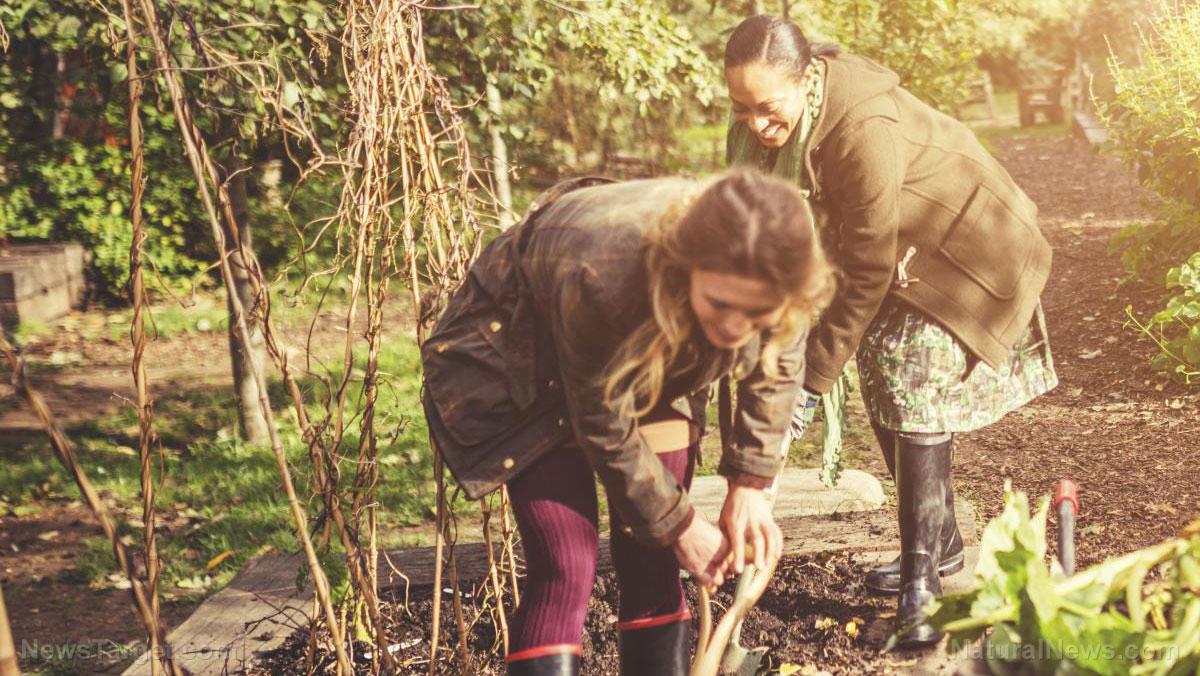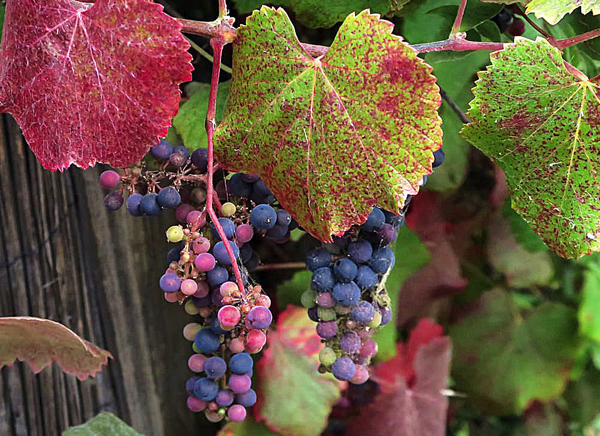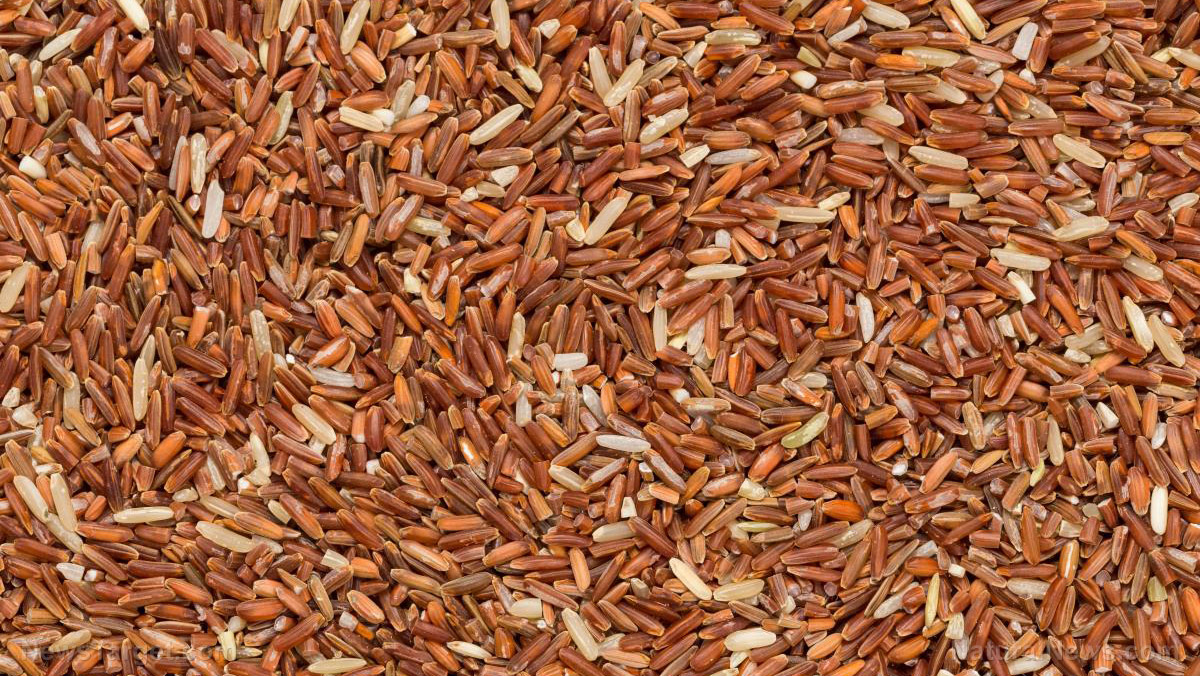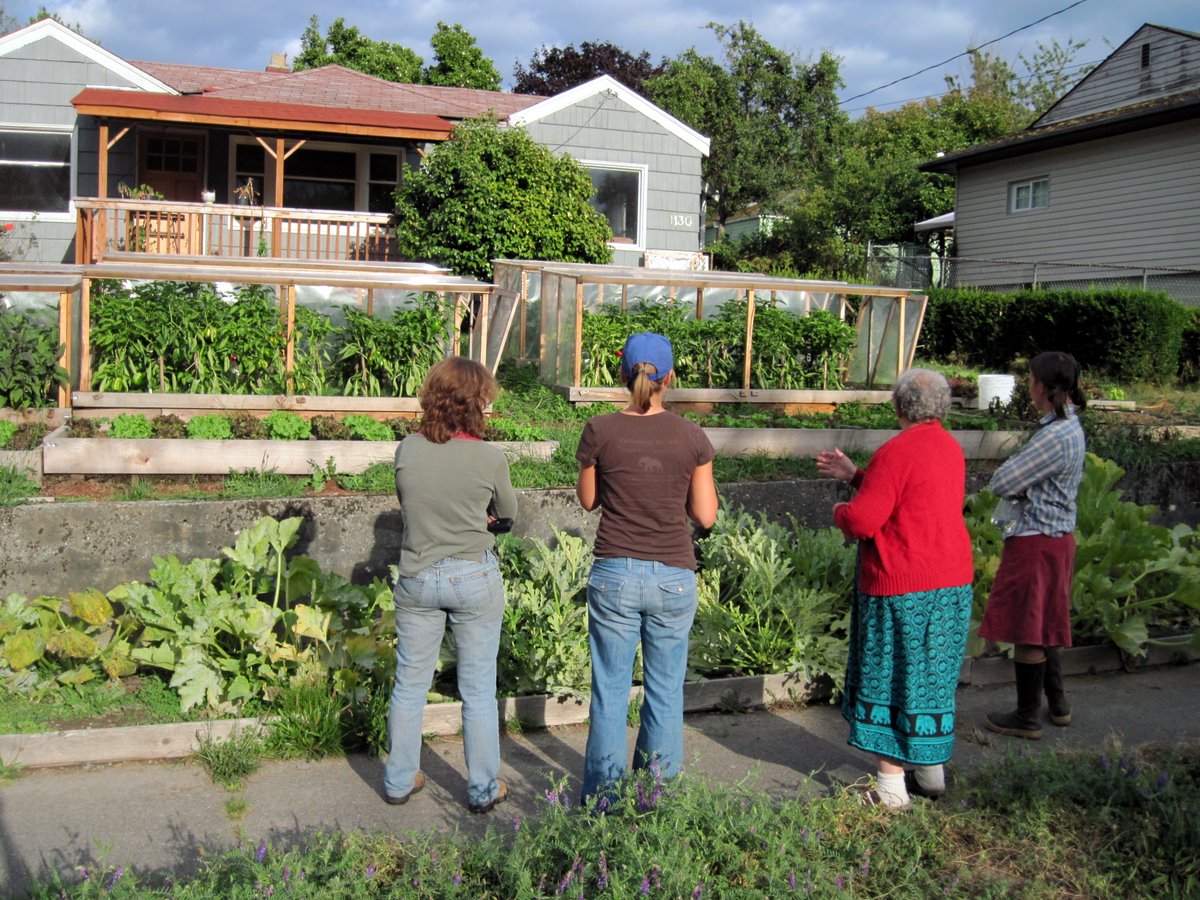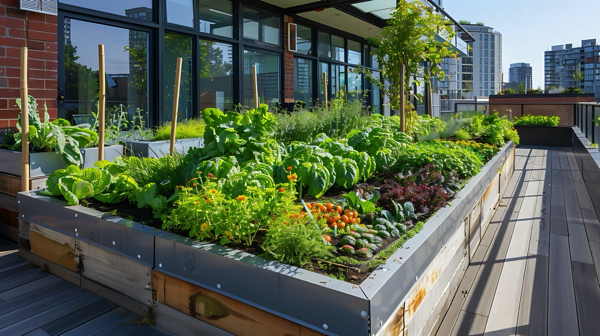Building a prepper food stockpile on a budget: A practical guide for every household
04/11/2025 / By Zoey Sky
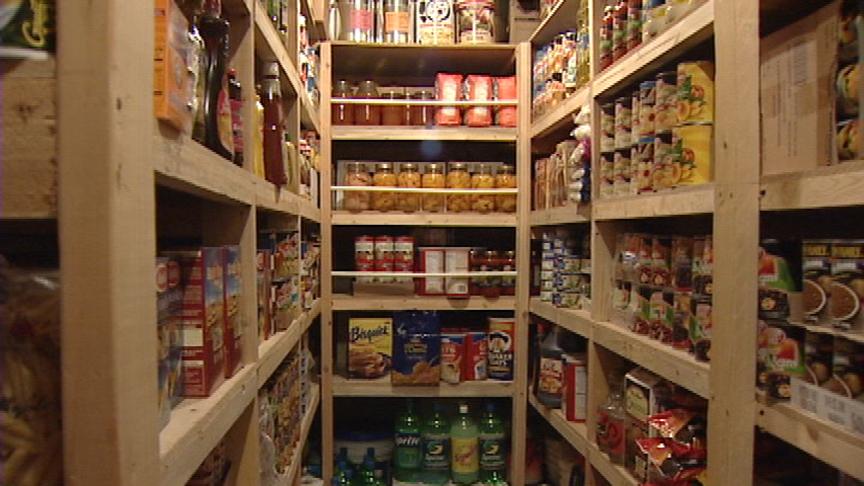
- In an era of unpredictable events and rising costs, building a food stockpile has become a practical strategy for anyone seeking security and peace of mind.
- If you stockpile food, you can get a sense of security and stability because it is a practical way to ensure your family’s well-being during financial hardships, natural disasters or personal crises.
- It also gives you peace of mind since knowing you have enough food to last through tough times reduces stress and anxiety.
- It also offers financial protection since buying in bulk when prices are low can protect against inflation and save money in the long run.
- To get started, follow this three-step guide: build a foundation with staple foods, get everyday foods for comfort and start growing your own food.
In the face of unpredictable storms, rising grocery prices and the looming uncertainty of everyday life, the idea of building a food stockpile has shifted from a fringe survivalist activity to a practical necessity for anyone seeking peace of mind.
Imagine this: A storm brews on the horizon, the power flickers and the news warns of impending shortages. While others scramble to the stores, you remain calm, knowing your kitchen is amply stocked and well-prepared.
This scenario can become reality not just for doomsday preppers but for anyone who values security and stability. (h/t to Mind4Survival.com)
Why prep and stockpile food?
The reasons for stockpiling food extend far beyond preparing for the apocalypse. It’s about creating a safety net for your family, ensuring you can weather financial hardships, natural disasters or unexpected personal crises without the added stress of food insecurity.
Whether it’s job loss, a health emergency or simply the rising cost of living, having a food stockpile means you have one less thing to worry about.
Think of your food stockpile as an insurance policy: Just as you wouldn’t forgo car or home insurance, you shouldn’t neglect your food security.
A well-planned stockpile offers:
- Control – The ability to provide for your family, no matter what life throws your way.
- Peace of mind – Knowing you have enough food to feed your family through tough times can give you comfort and peace.
- Financial security – Buying when prices are lower allows you to allot more money for other necessities.
- Convenience – Even if disasters don’t happen, having an emergency good stockpile means fewer trips to the store for you — that saves you both time and money!
Stockpiling on a budget is easier than you think
The thought of starting a food stockpile can be daunting, especially when you’re on a tight budget. The good news? You don’t need to spend a fortune or dedicate an entire room to your stockpile. With a strategic approach, you can build a reliable food reserve without breaking the bank. (Related: Budget prepping: Ways to make your food budget last longer.)
To make the process manageable and affordable, the process will be broken down into three stages. This step-by-step approach allows you to build your food stockpile gradually, ensuring you don’t feel overwhelmed or financially strained.
Stage 1: Building your foundation with staple foods
First, establish a solid base of essential, long-lasting staples. Affordable, nutritious and versatile foods that can sustain you through tough times are the backbone of your stockpile.
Here are the key characteristics of staple foods:
- Affordable – Choosing budget-friendly options won’t strain your finances.
- Shelf-stable – Foods with a long shelf life will last for months or even years if you store them properly.
- Nutritious – Nutritious foods will provide essential nutrients and energy when SHTF.
- Versatile – Versatile foods can be used in a variety of recipes.
Below are some staple foods to stock up on:
- Canned vegetables and fruits – Provides essential nutrients and last a long time.
- Cooking oils – Olive oil, coconut oil or shortening: Rotate cooking oils regularly.
- Dried beans – Beans are rich in protein and fiber and have a long shelf life.
- Oats – Great for breakfast and baking, oats are also budget-friendly.
- Pasta – Easy to cook and a comforting staple.
- Peanut butter – Peanut butter is high in protein and shelf-stable.
- Proteins – Canned meat are great if you’re dealing with a power outage. It’s also an easy way to speed up meal prep. Stock up on proteins like chicken, tuna, salmon and ham.
- Salt and sugar – Essential for food preservation and flavor.
- White rice – Inexpensive and can last up to 25 years if stored properly.
Stage 2: Adding everyday foods for comfort and familiarity
Once your foundation is set, it’s time to incorporate foods that reflect your family’s everyday eating habits. This stage is about bridging the gap between emergency food storage and your regular meals, ensuring you maintain a sense of normalcy even in difficult times.
Here are some examples of everyday foods for your stockpile:
- Boxed meals – Macaroni and cheese or rice dishes are classic favorites.
- Canned soups, pasta sauces and chili – These are convenient and familiar options.
- Seasonings – Get garlic powder, Italian herbs, cumin and vinegar to keep meals flavorful.
- Powdered milk – Milk can be used for cereals and cooking.
Practice rotating your stockpile by using these items in your regular meals during “normal” times. This ensures nothing goes to waste and keeps your pantry fresh.
Stage 3: Increasing self-sufficiency by growing your own food
For those looking to take their preparedness to the next level, growing your own food is a rewarding step. This doesn’t require acres of land. Even small spaces can yield a surprising amount of produce.
Here are some beginner-friendly ideas for a food garden:
- Backyard gardening – Start with easy crops like zucchini, green beans and potatoes.
- Container gardening – This option is great for growing herbs, tomatoes or lettuce on a balcony or windowsill.
- Preservation – If you plan on growing crops, you can also try learning basic canning, freezing or dehydrating techniques to extend the shelf life of your harvest.
Even small harvests can supplement your pantry and reduce your reliance on grocery stores. Plus, homegrown food often tastes better and won’t contain chemicals that can harm your health.
Quick meal planning tips for stockpile success
While you’re building your prepper stockpile, try these suggestions for meal planning to make the most of your supplies:
- Get creative – Swap ingredients based on what you have. Canned chicken can replace tuna, or rice can substitute for pasta in a pinch.
- Practice regularly – Don’t wait until it’s too late to try cooking with your ingredients. Incorporate stockpile items into your everyday meals to keep supplies fresh and ensure that you’re comfortable cooking with them.
- Use your spices – Simple seasonings can transform basic meals into something flavorful and comforting.
If possible, don’t pay full price for the items in your stockpile to save some money.
Below are some tips to help you find the best deals for your prepping stockpile:
- Check sales flyers – Review them weekly to find the best deals.
- Buy in bulk – For some items, buying in bulk can save money. Just be mindful of expiration dates.
- Shop around – Compare prices at different stores to find the best value before you make big purchases.
Follow these steps to build a food stockpile that provides security and peace of mind without straining your budget.
Start small, stay consistent and watch your stockpile grow over time. With each addition, you’re taking a step toward a more secure and self-sufficient future.
Visit FoodSupply.news for more tips on getting started with your food stockpile. You can also check out Health Ranger Store and Brighteon Store for more clean food supplies for your prepping needs.
Watch the video below to learn more about Black Beans and why you need them in your emergency stockpile.
This video is from the Health Ranger Store channel on Brighteon.com.
More related stories:
Why Organic Coconut Water is nature’s ultimate hydration secret.
Pantry refresh: How to organize storable foods for easy, nutritious meals.
5 Food storage lessons from World War II.
20 Cheap, nutritious foods with a long shelf life for your survival stockpile.
Sources include:
Submit a correction >>
Tagged Under:
budget prepping, budget stockpile, emergency food, food independence, Food storage, food supply, grocery tips, home gardening, homesteading, how-to, off grid, preparedness, prepper, prepping, prepping tips, SHTF, survival, Survival Tips
This article may contain statements that reflect the opinion of the author
RECENT NEWS & ARTICLES
COPYRIGHT © 2017 FOOD SUPPLY NEWS

